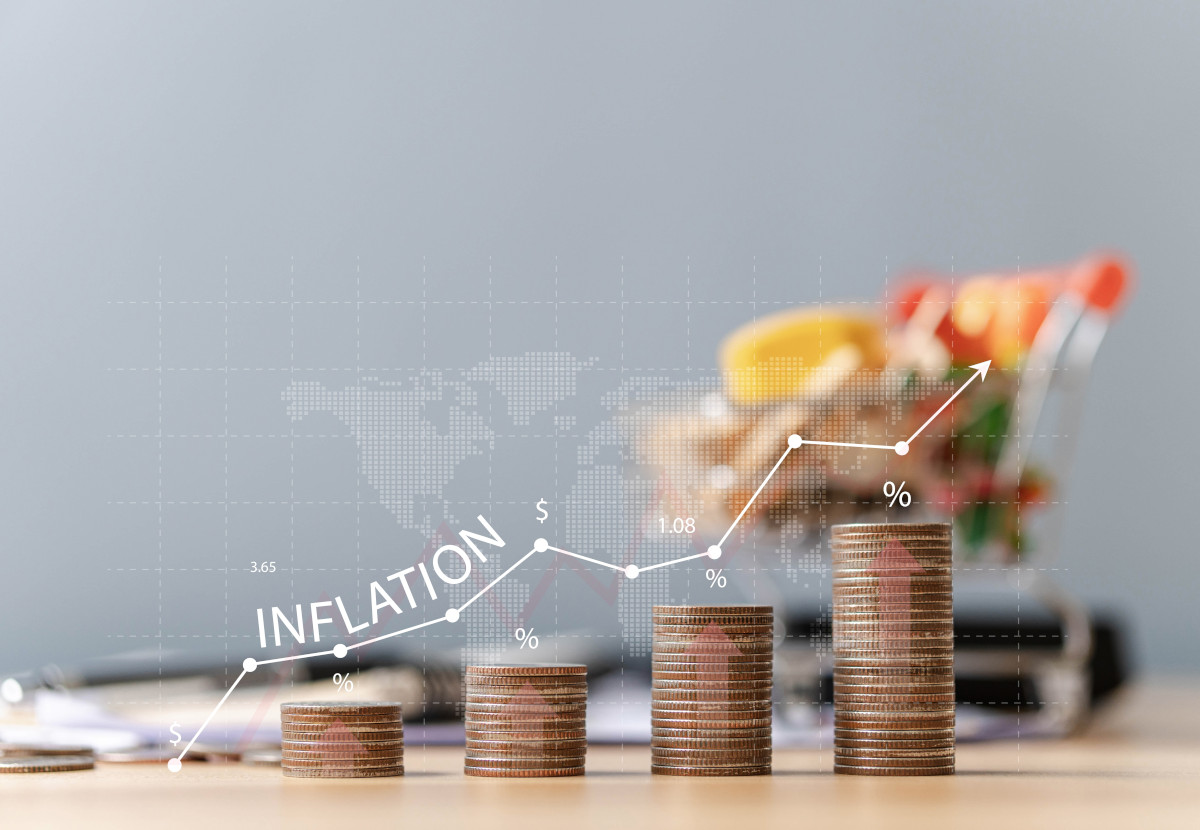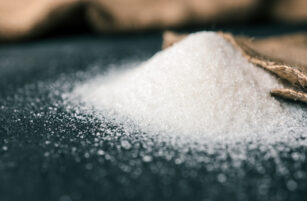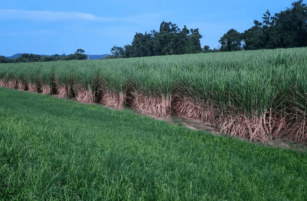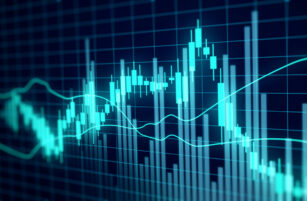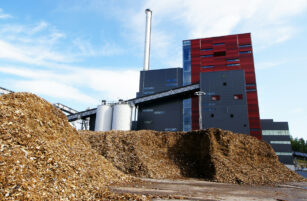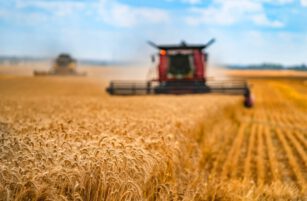Opinion Focus
- The period from November to January mark holiday celebrations all around the world.
- But as inflation surges, the prices of holiday meals are also rising.
- Czapp takes a look at holiday staples around the world and works out just how much more consumers can expect to pay this year.
As Christmas and New Year fast approach, festivities often centre around food. Australian Christmas calls for fresh seafood, while in January Spaniards tuck into a special sweet bread to honour the Three Kings. With roast meat on the table in Western Europe and curry on the menu in India, just how much have the costs of these staples risen in the past year?

Source: World Bank
Germany
Germany’s Christmas dinner usually centres around a roast bird – whether it be goose, duck or turkey. This year, consumers can expect to pay almost 30% more for fresh poultry due to inflation.
Germany’s inflation rate stood at 10% as of November, but other issues such as supply chain shortages and weather events are contributing to price rises. Notably, energy prices in Europe are pushing the cost of living up significantly.

Source: German Federal Statistics Office
Sweet treats include marzipan-filled stollen, cookies, oranges and a digestive such as schnapps. The prices of all these items are up, with the cost of cookies having risen as much as 15%.
Spain
In Spain, the Christmas festivities last from December 24 all the way through to January 6 – or Three Kings Day. Street parades ensue and a colourful fruit cake called Roscon de Reyes (or Ring of the Kings) is consumed. This year, confectionary prices in Spain are up over 10% compared with last year. Spain’s inflation rate is 6.8% as of November.

Source: Spain’s Nations Statistics Institute
For each of the 12 bells that sound at New Year, revellers eat one grape. Each grape represents the 12 months ahead. This year’s New Year’s celebrations will be slightly more costly, with grapes and cava sparkling wine coming in at 12% and 9% more expensive than last year, respectively.
Brazil
In Brazil, Christmas dinner is a feast that consists of a variety of meats, potatoes, rice and salad. Often salted cod, or bacalhau, makes an appearance at the dinner. Costs for the fish are up just marginally this year. Inflation is about 6% in Brazil as of November but has already begun to fall.

Source: Brazilian Institute of Geography & Statistics
However, panettone is another favourite at the Christmas table in Brazil and, although the cost of sugar is slightly lower than last year, higher bread prices driven by disruption in the global wheat market mean the cost of the staple has risen more than 17%.
Poland
In Poland, 12 dishes are served on Christmas Eve (December 24). These include borscht beetroot soup, gingerbread, fish dishes using carp and herring, sauerkraut and pierogi dumplings. Poland has experienced high inflation of over 17% as of November.

Source: Statistics Poland
But prices are up across the board this year. The price of vegetables such as beetroot and cabbage have risen by over 10% since last year, while the cost of fish is almost 20% more expensive.
US
The US Christmas dinner is perhaps the most widely recognised in popular culture. It includes a full roast bird or ham (or both) accompanies by roasted or mashed potatoes, stuffing, vegetables and followed up by plenty of sweet treats. US inflation is at 8.5%, although is expected to continue dropping.

Source: US Bureau of Labor Statistics
This year, revellers are looking at costs that have risen by up to 29% thanks to inflation and this year’s harvest and supply chain issues.
Japan
Japan’s Christmas dinner takes a slightly different form. There is a very small Christian community in the country but due to the penetration of popular culture, the Christmas celebration has become engrained in Japan.
But instead of a roast bird, the Japanese fry theirs. Every Christmas season, about 3.6 million Japanese families consume fried chicken from global chain KFC – choosing from boxes that include chicken, cake, coleslaw and wine.

Source: e-Stat Japan
The Japanese also have their own special Christmas cake, which takes the form of a light sponge layered with cream. The cake is known as kurisumasu keki.
End of year traditions in Japan will also be subject to significant price rises this year. Although inflation rates seem low at 1.99%, this is the highest rate the country has experienced in almost 10 years.
India
Again, India has a very small Christian population at about 2.3% of the country. This means that the Christmas holiday is only celebrated by a relatively small proportion of the population. For most of the population, the biggest celebration of the year is Diwali, which takes place in October or November.

Source: Indian Ministry of Commerce & Industry
However, for those that do celebrate Christmas, it revolves around rice dishes, including biryanis and a sweet rice pudding called kheer. Happily, rice prices have fallen in India since last year by over 1%. However, the cost of additional ingredients such as sugar and milk have more than offset this.
India’s November inflation rate dropped below 6% for the first time in 2022, indicating that the country is turning a corner in the battle to curb prices.
Philippines
The Philippines holds the longest Christmas celebrations in the world, sometimes starting as early as August. Again, the nation celebrates with a large feast, with dishes that include pasta carbonara, roast chicken and menudo – a tomato and pork-based stew.

Source: Philippine Statistics Authority
The cost of fruits such as tomatoes is up almost 8% year over year, while ingredients such as coconuts and their milk rose by over 10%. Coconut milk is a key ingredient in bibingka – a baked rice cake often served during the holiday season.
Despite raising rates six times this year, inflation still remains stubbornly high at 5.6%. The Central Bank is targeting a range of between 2% and 4%.
Australia
Australia hit the headlines earlier in 2022 when the price of a single lettuce rose to AUD 12 due to flooding and other weather events that created problems for Australian agriculture. Although prices have normalised since then, vegetables such as potatoes and lettuce will still cost about 16% more than they did last Christmas due to inflation.

Source: Australian Bureau of Statistics
Meat and seafood – both staples of the Aussie Christmas dinner – are up by almost 8% year over year. The country’s inflation rate stood at about 7% at the end of the third quarter.
Concluding Thoughts
- Inflation is pushing up prices in every country in the world this holiday season.
- While some countries are more impacted than others, everyone is dealing with cost increases.
- While some economists expect a fall in inflation from 2023 onwards, some say the issue will remain on the table for much longer.
- Regardless, consumers can expect the price of 2023’s holiday dinners to rise compared with this year.
